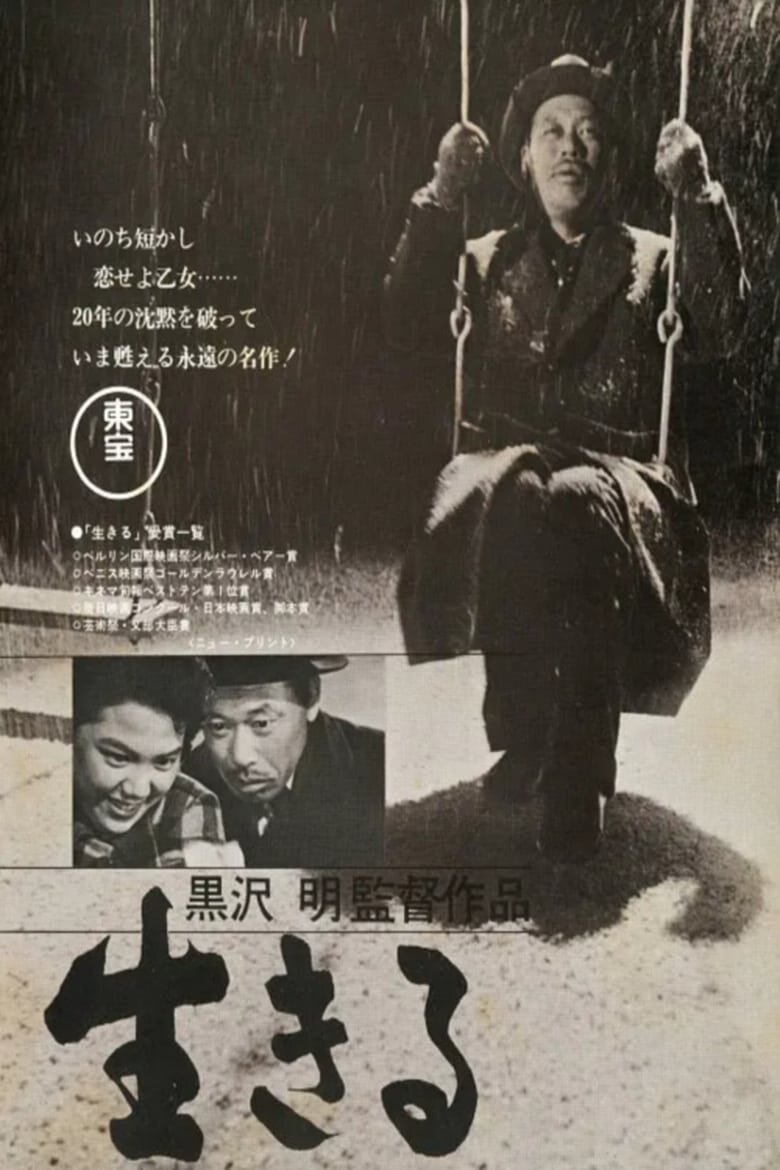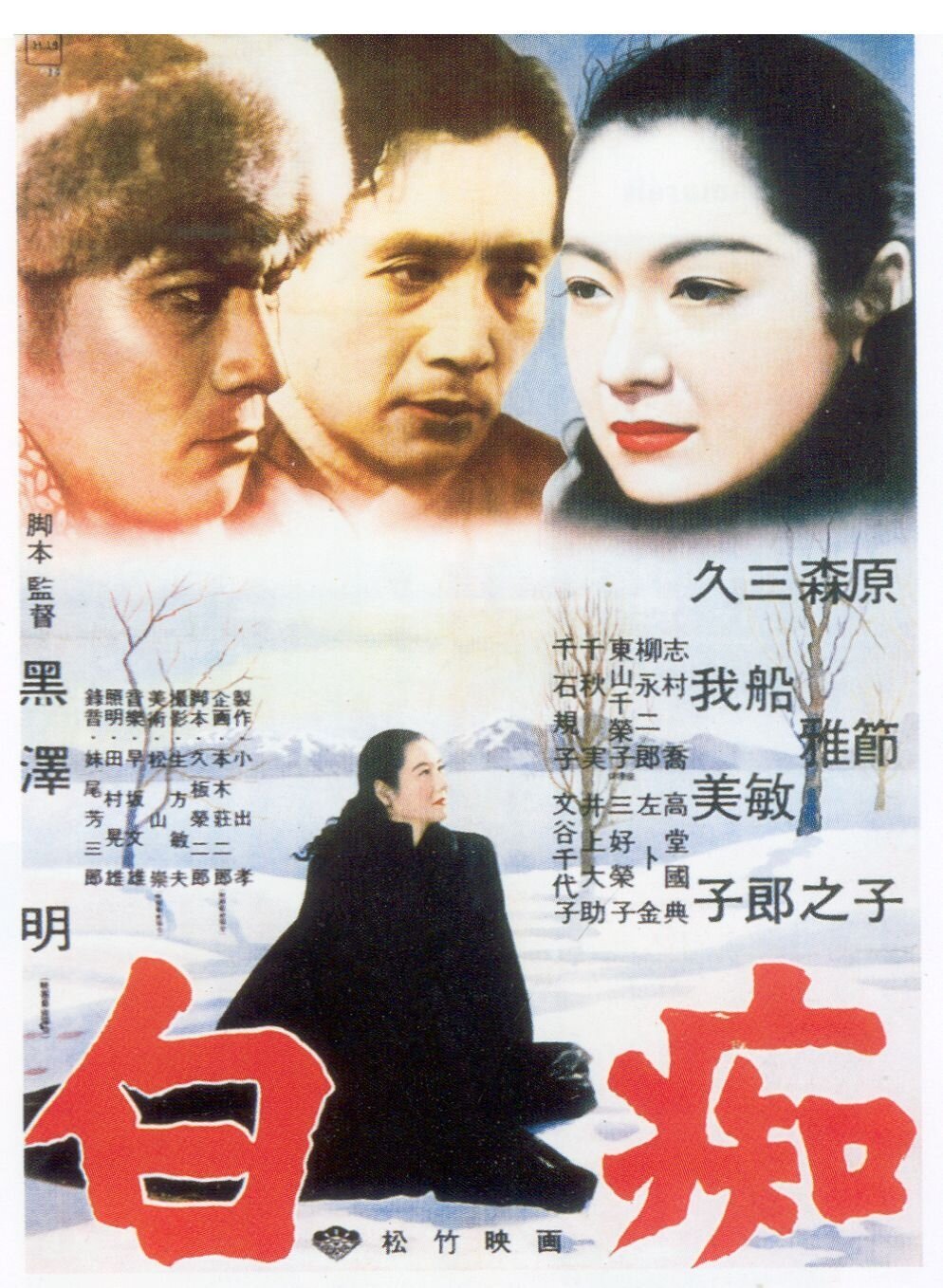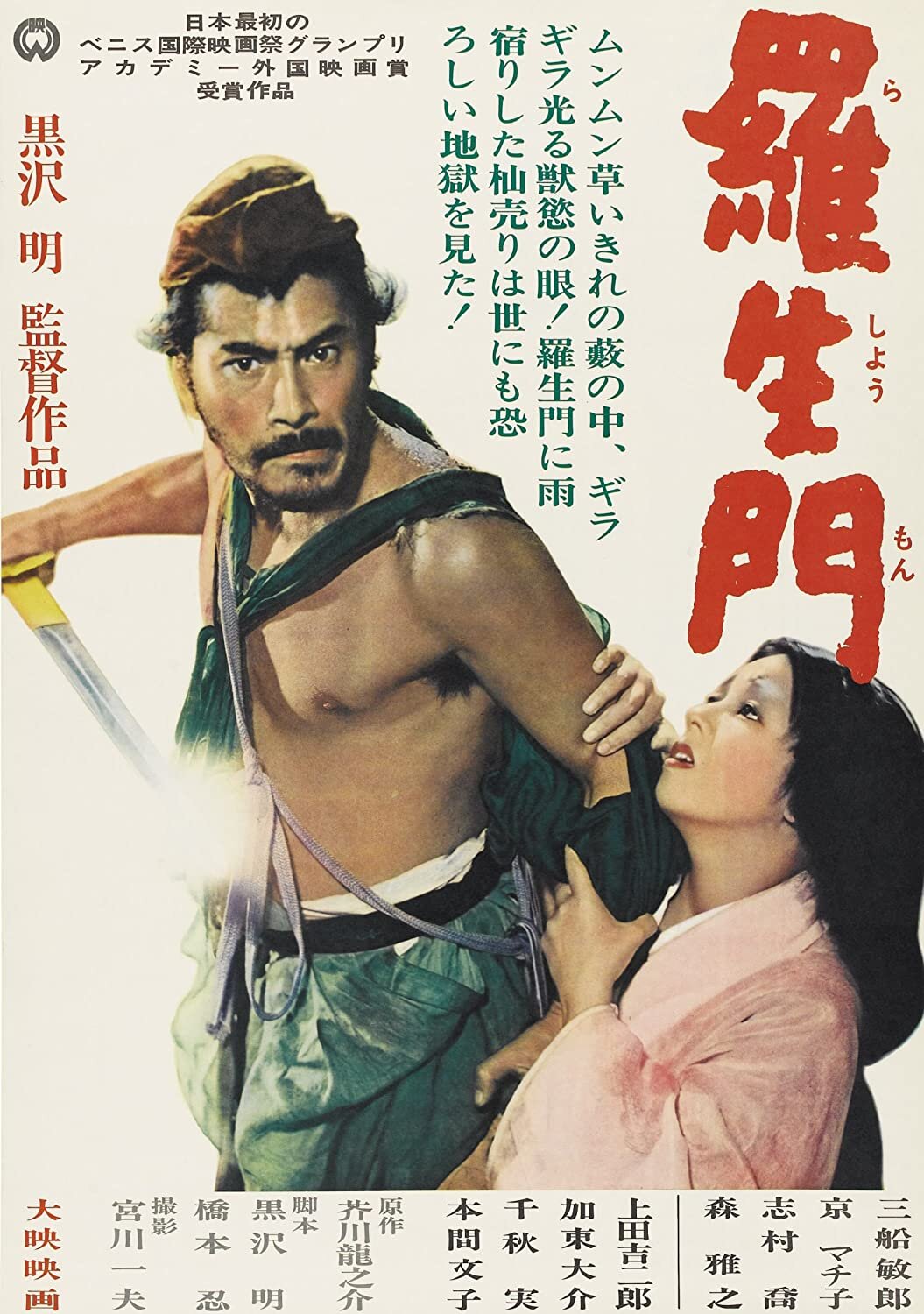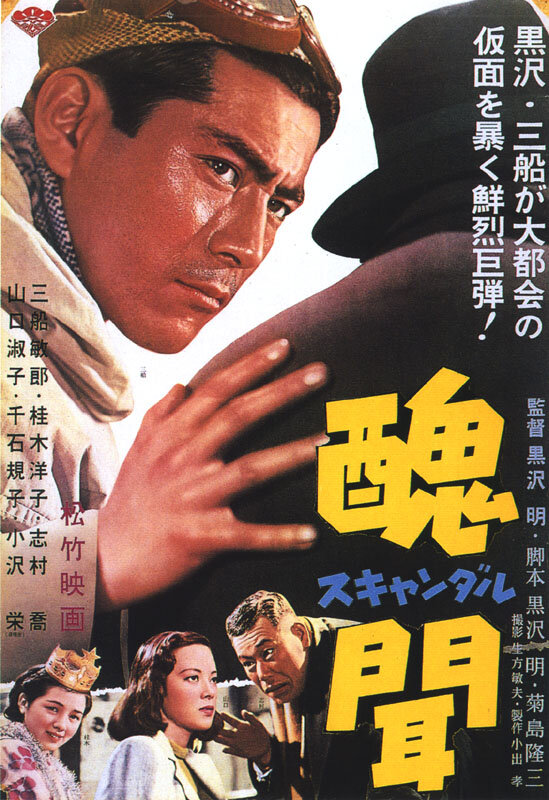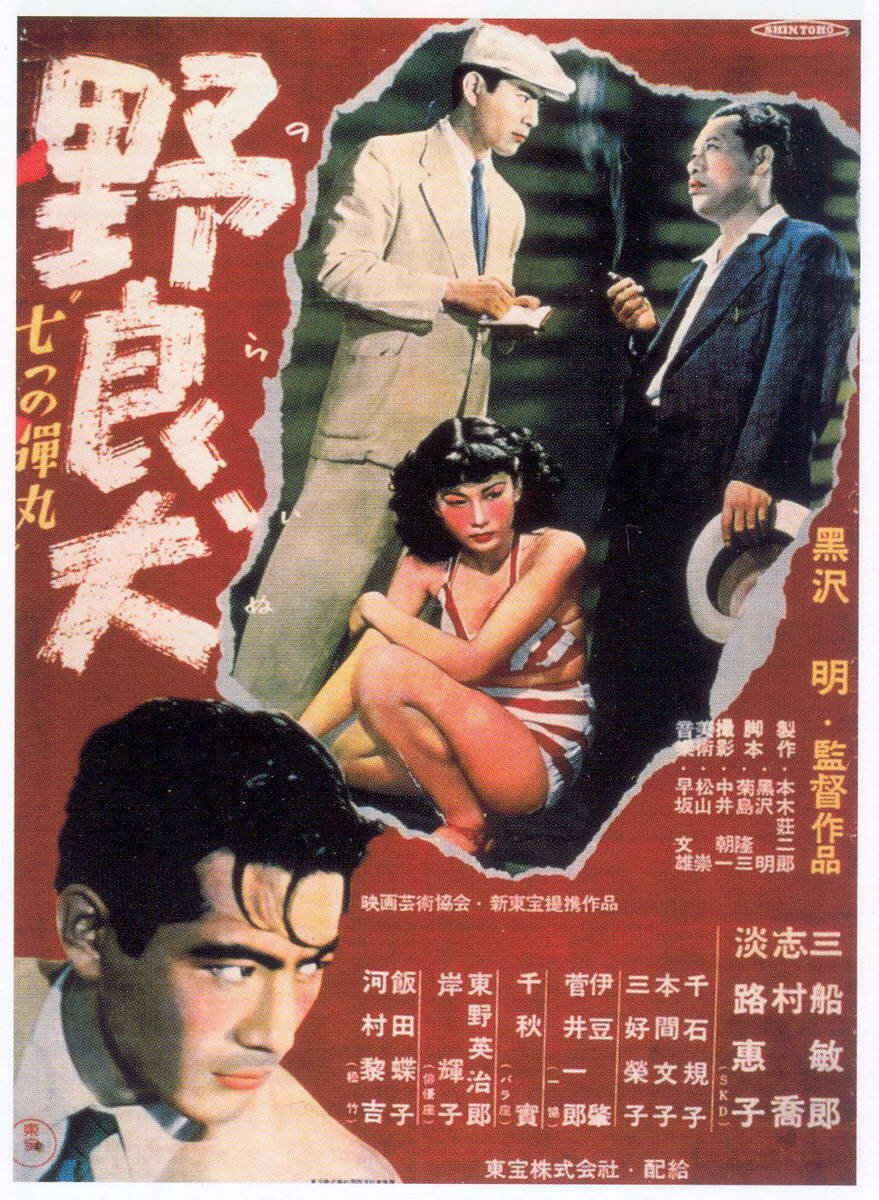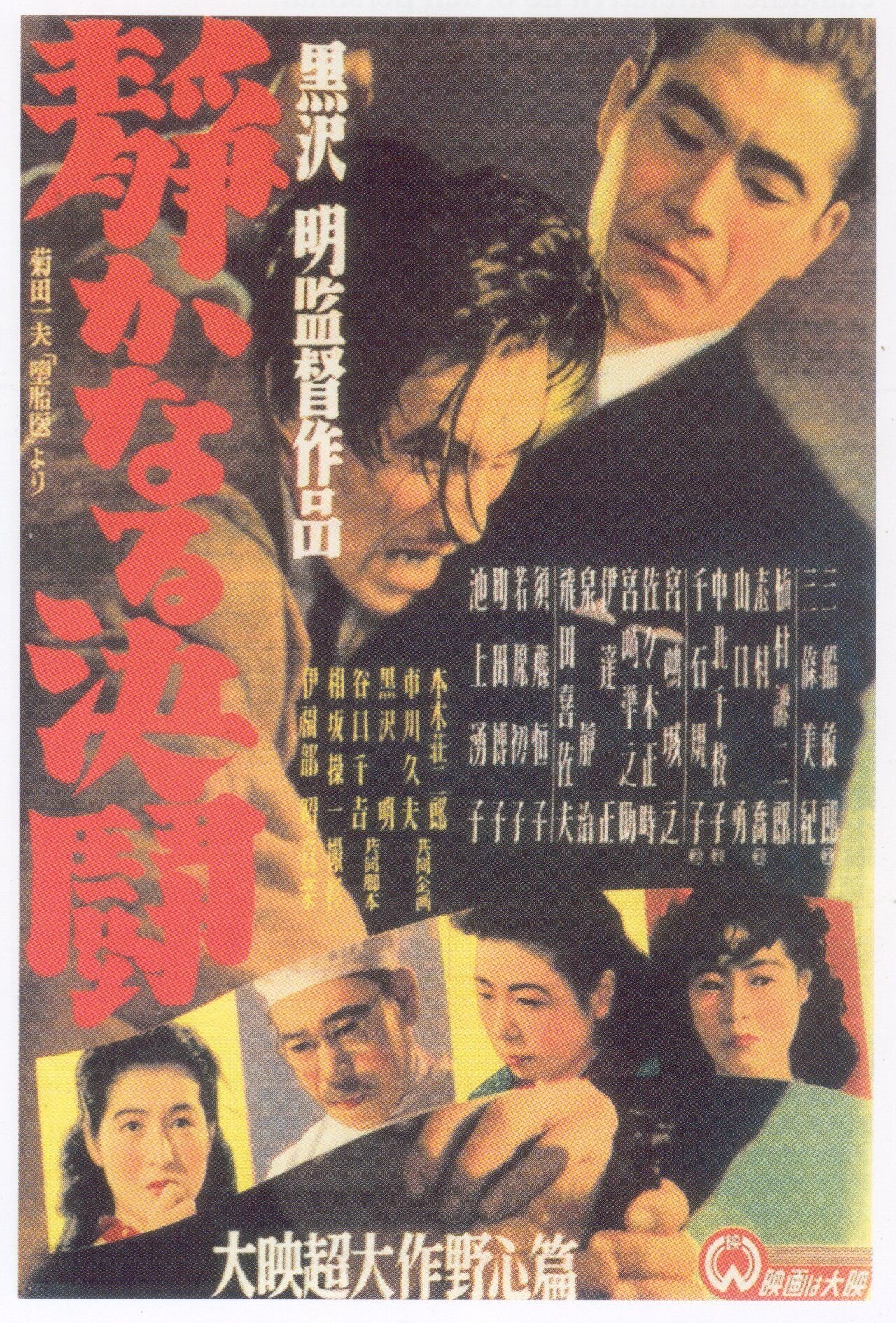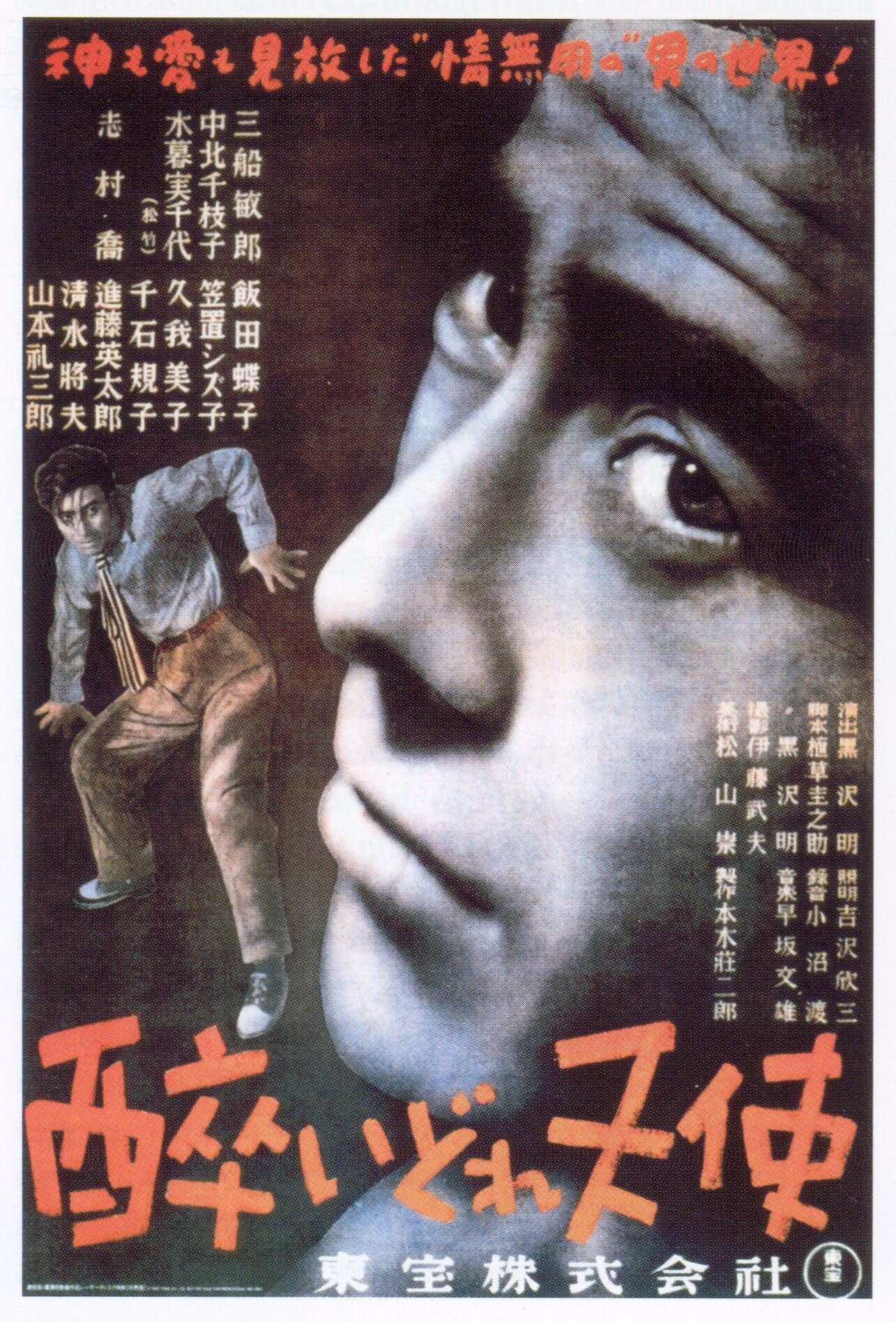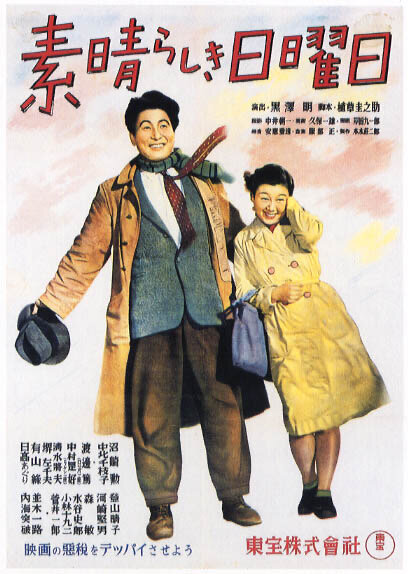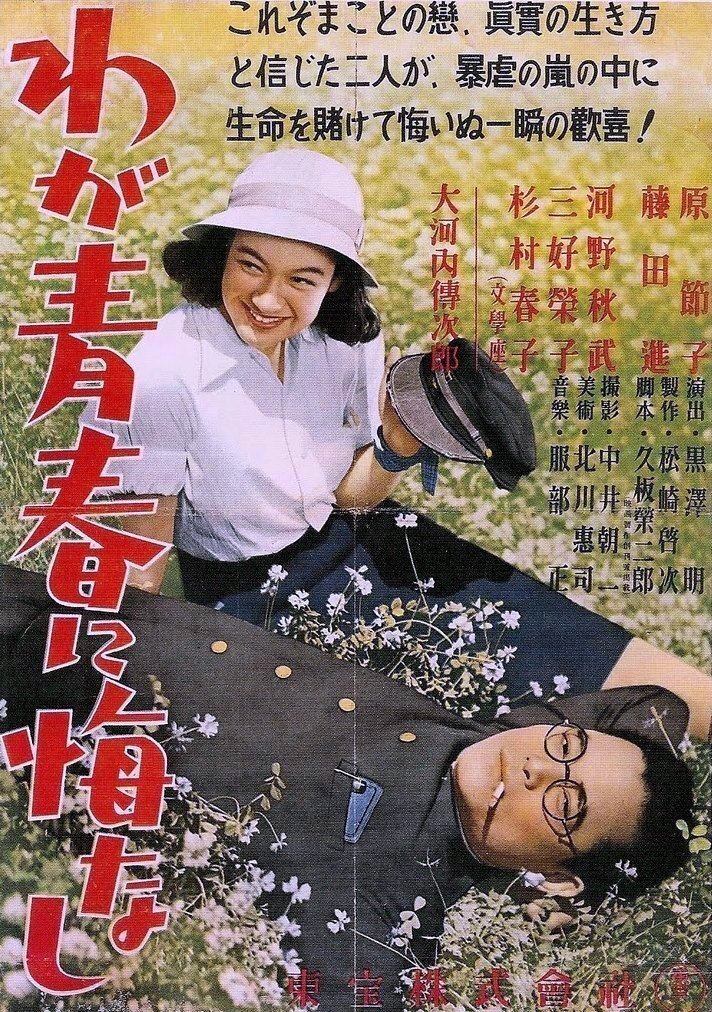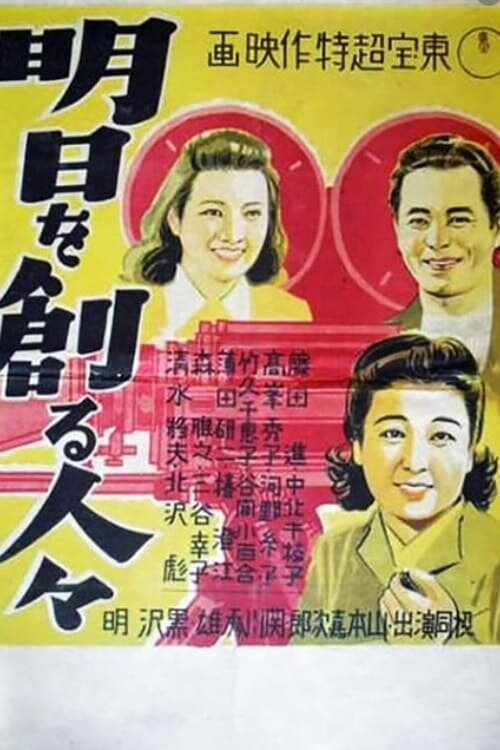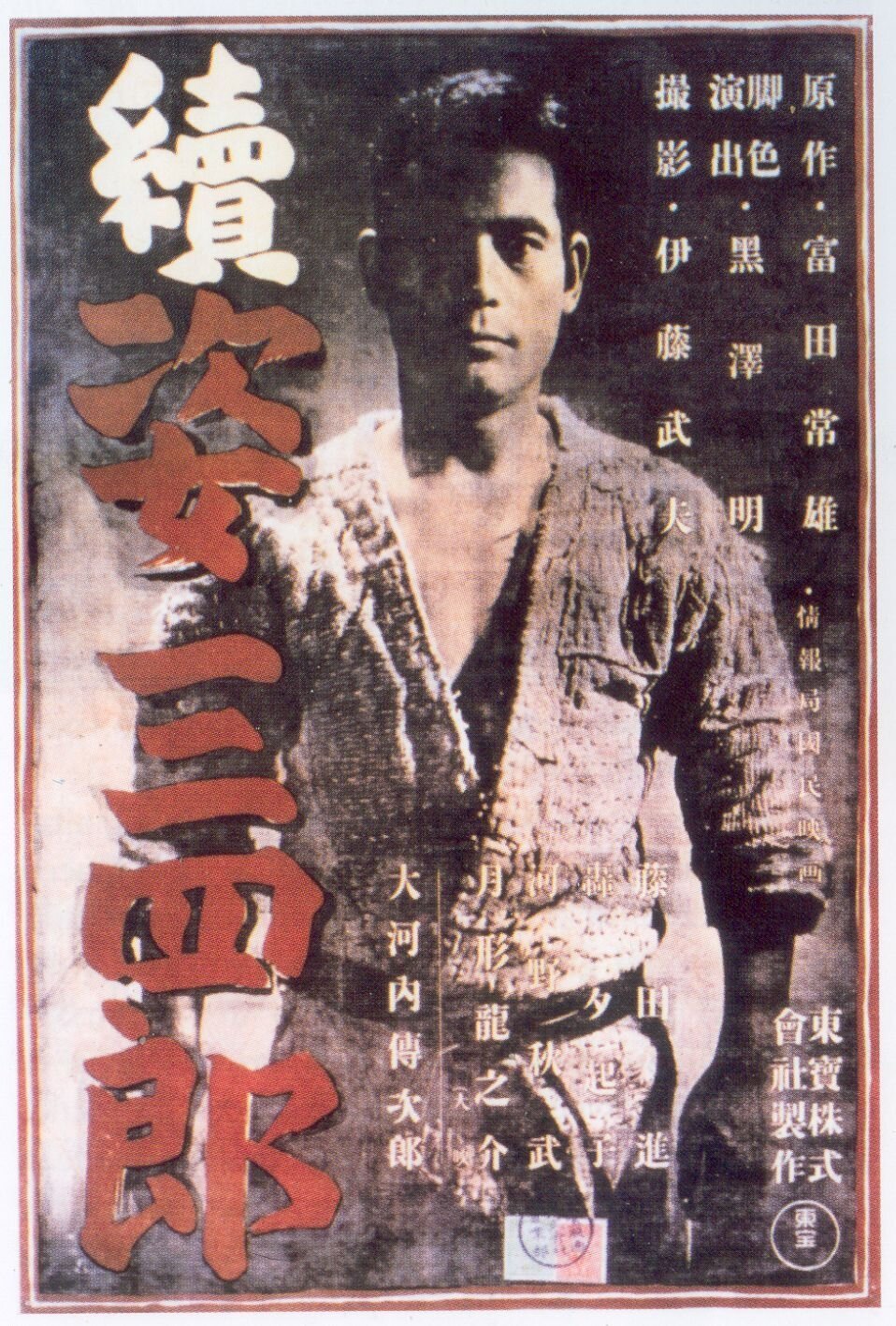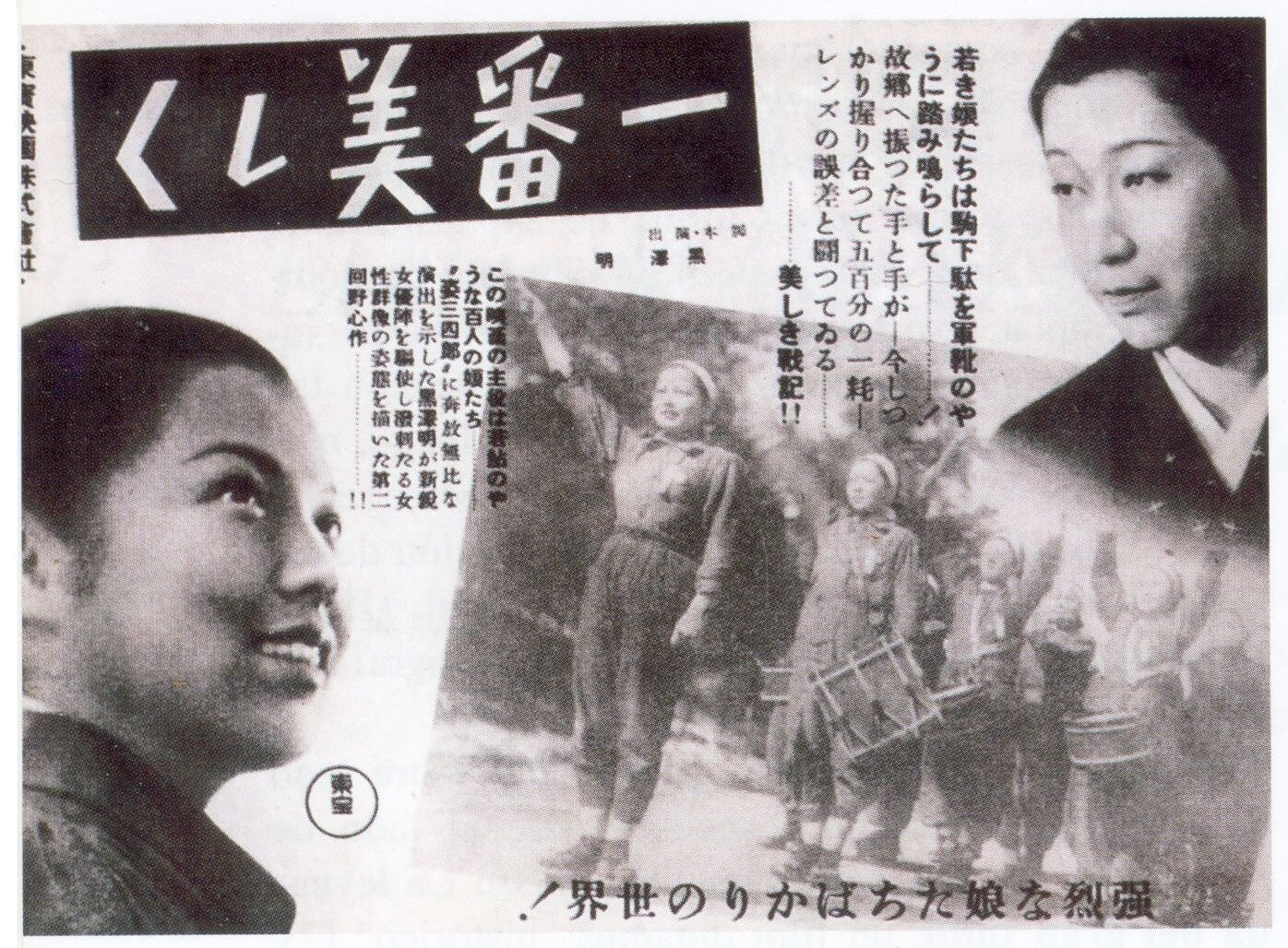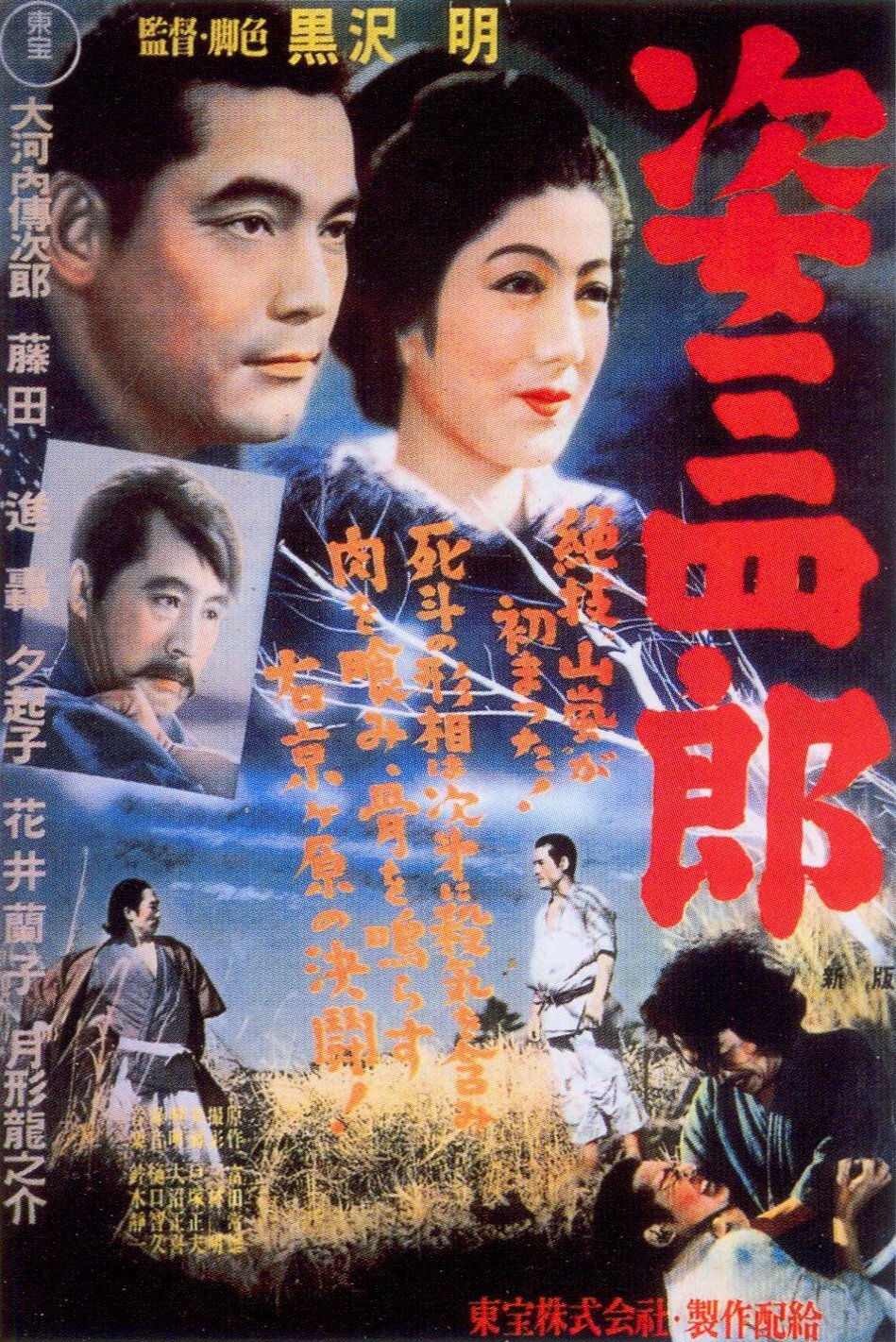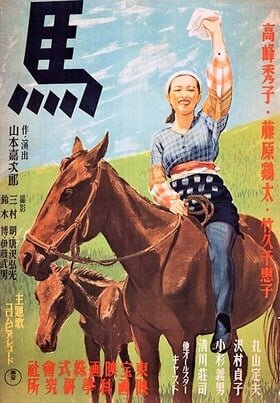After his noble effort to adapt one of the pillars of Russian literature to the big screen, Kurosawa set his sights on something easier: the meaning of life itself. Ikiru (To Live) is one of the most beloved Japanese films in history; a moving story of an aging bureaucrat finding purpose in his last days on Earth. Sanshiro’s Boys delve deep into the symbolism and unusual story structure of this Akira Kurosawa 1952 classic.
Listen here: https://linktr.ee/sanshirosboys
